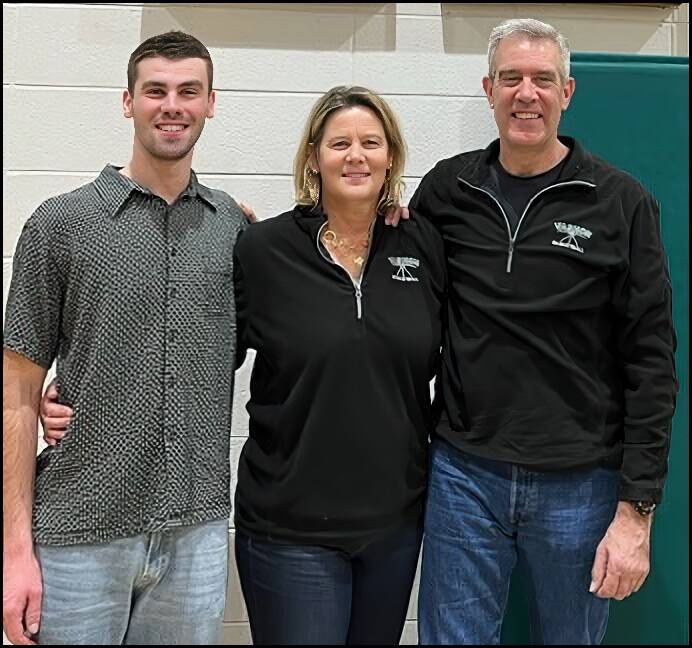VashonBePrepared has awarded a $10,000 grant to the Sam Yates Community Foundation to help fund the installation of Automated External Defibrillators (AEDs) at more locations around the island.
This support will also help the Foundation improve awareness of how AEDs can save a life during a cardiac event, and help the public know where they can find an AED if one is needed.
“We know from our own family experience that events, such as sudden cardiac arrest can be tragic, and happen to anyone of any age. It’s for this reason [that] we set up the Sam Yates Community Foundation to improve awareness and locations of AEDs on Vashon,” said the Yates family, in a statement. “Our work to this point, in conjunction with Vashon Fire & Rescue (VIFR), has been to identify and register with King County existing AEDs on Vashon. VIFR has recently brought online a new CPR and AED training program that is open to the general public at no cost. Our mission, moving forward, will be to continue our alliance with VIFR, but also to work with Vashon Parks, Vashon’s school district, and other community gathering spots to add AEDs to their venues.”
VashonBePrepared made a promise to the community that all funds associated with the Vashon COVID Relief Fund, including federal reimbursements for expenditures from the original fund, would be utilized for community good.
The organization’s grant to the Sam Yates Community Foundation is in keeping with that commitment.
End of COVID Emergency Declarations
The end of two major COVID emergency declarations signals a significant easing of the ongoing pandemic.
The last of the U.S. federal emergency declarations ended on May 11, affecting the availability and cost of COVID measures such as home testing. The World Health Organization (WHO) also has called an end to the global emergency it declared more than three years ago.
“The emergency phase is over, but COVID is not,” said WHO technical lead for COVID, Dr. Maria Van Kerkhove.
Is COVID in the Rearview Mirror?
COVID deaths in the United States are the lowest they’ve been since March 2020, according to the Centers for Disease Control and Prevention (CDC). However, about 150 people are still dying from COVID every day.
COVID has dropped from third to fourth place among leading causes of death in the U.S., after heart disease, cancer, and accidents/unintentional injuries (including drug overdoses), according to the CDC National Center for Health Statistics.
The CDC has changed which indicators it tracks to determine COVID trends. Given the challenge of getting data on home test results, the CDC has moved to focus surveillance on COVID deaths and hospitalizations, and wastewater sampling.
The end of the formal U.S. COVID emergency declaration also means many federally-subsidized benefits have ended or are being phased out.
For now, access to COVID vaccinations and treatments such as Paxlovid will generally continue to be available at no cost to people with or without health insurance. Those enrolled in Apple Care should be sure to renew when contacted to do so, because the temporary suspension of renewal requirements has ended.
The U.S. Food and Drug Administration (FDA) emergency use authorizations for vaccines, various treatments, and home COVID tests remain in force.
In most cases, telehealth remote medical care arrangements will not be affected.
Advice for COVID Basic Risk Level
VashonBePrepared’s risk level tool is based mostly on COVID hospitalization rates. Some other factors are also evaluated, including COVID virus levels in wastewater in our region.
At the Basic Risk Level, it is recommended to wear an N95 mask indoors in public if you are exposed to COVID or at risk for health or other reasons, or live with or spend time with someone at high risk.
Keep vaccinations up to date, including boosters.
Maintain good ventilation at home and at work, and avoid those with suspected or confirmed COVID.
If exposed to COVID, wear a mask in public and avoid contact with those at high risk for 10 days.
Always home-test if you have symptoms. If you test positive, isolate for at least five days and until you test negative. If immunocompromised, discuss additional prevention actions with your healthcare provider.


